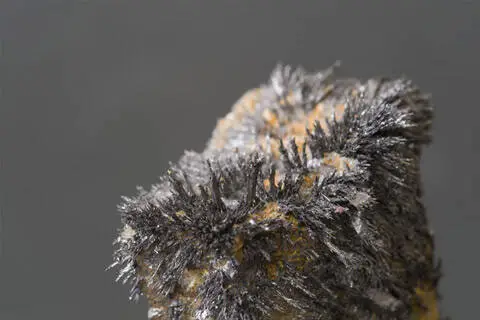Magnetic Methods

Non-Destructive Weld Testing Standards cover multiple possible methods of testing welds or metallic materials. Non-destructive testing analysis techniques are used for QA, evaluations, research, in cases where the product is expensive or unique, failure analysis, and so on. With a focus on radiographic testing, these standards also cover magnetic, radioscopic, ultrasonic, and other methods. General rules, guides, terminology, are provided, as well as standard test methods, specific techniques, and acceptance levels, together covering both the broad strokes and the nuanced testing procedures.
ISO 17638:2016
Non-destructive testing of welds - Magnetic particle testing
ISO 17638:2016 specifies techniques for detection of surface imperfections in welds in ferromagnetic materials, including the heat affected zones, by means of magnetic particle testing. The techniques are suitable for most welding processes and joint configurations. Variations in the basic techniques that will provide a higher or lower test sensitivity are described in Annex A. ISO 17638:2016 does not specify acceptance levels of the indications. Further information on acceptance levels for indications may be found in ISO 23278 or in product or application standards.
BS EN ISO 12707:2016
Non-destructive testing. Magnetic particle testing. Vocabulary (British Standard)
ISO 12707:2016 defines general terms specifically associated with magnetic particle testing.
ISO 23278:2015
Non-destructive testing of welds - Magnetic particle testing - Acceptance levels
ISO 23278:2015 specifies acceptance levels for indications from imperfections in ferromagnetic steel welds detected by magnetic particle testing.





